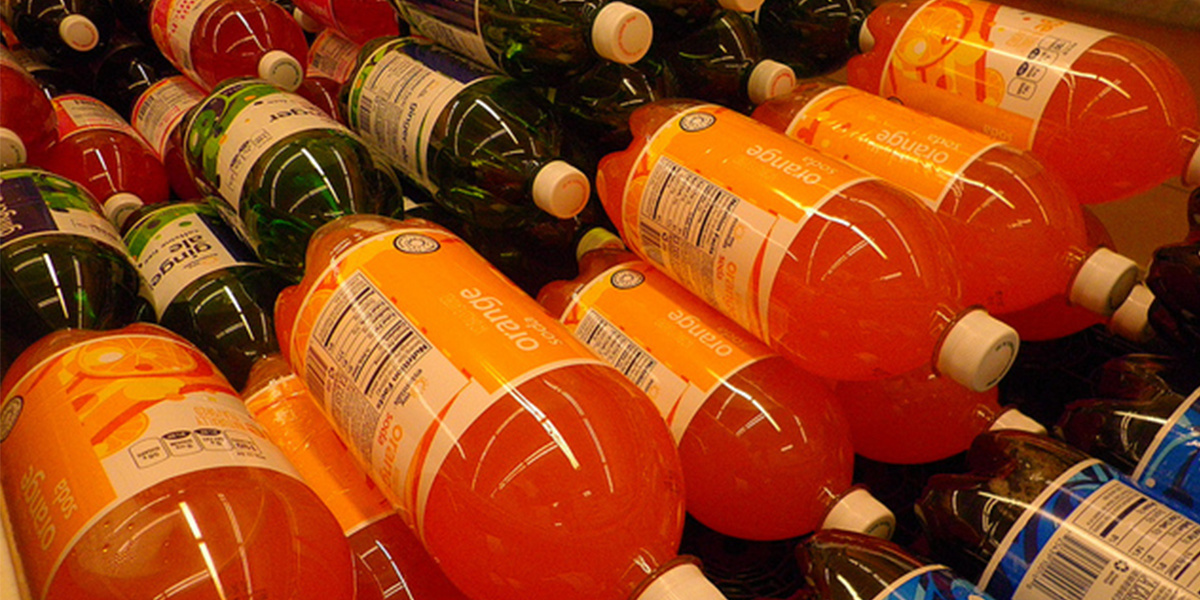

Low-income children and adults drink more sugary beverages than their more well-to-do counterparts, according to the Center for Disease Control and Prevention (CDC). Now, a new study suggests this might not be just a question of poor nutritional education, but a direct result of shady marketing tactics, The Washington Post reported Thursday.
The study, published online in the American Journal of Preventative Medicine in May, found that customers in New York state are more likely to see displays for sugary beverages like soda on days when food stamps are distributed, suggesting that beverage companies or supermarkets are deliberately targeting low-income customers.
“People will argue that individuals are ultimately responsible for their choices, but we know that the environment in which we make choices matters,” said Alyssa Moran, study lead author and assistant professor of health and social policy at the Johns Hopkins Bloomberg School of Public Health. “This study is another example of industry targeting sugary beverage marketing toward lower income families,” she told the Post.
The study used 2011 data from a census of beverage marketing in more than 600 stores conducted by the New York State Department of Public Health. They found that stores were 1.88 times more likely to feature sugary drink displays from the first to the ninth of the month, when Supplemental Nutrition Assistance Program (SNAP) benefits are distributed in New York.
In further evidence that SNAP recipients were being targeted, the likelihood of customers encountering soda displays on those days went up by 4.35 times in neighborhoods with lots of SNAP recipients and fell to zero in neighborhoods with few. Tellingly, ads for low-calorie or low-sugar drinks did not increase at the same time.
Since beverage companies pay stores to prominently display items, Moran told the Post it is not possible to know if stores or beverage companies are responsible for the targeted marketing. Coca-Cola, PepsiCo, Dr. Pepper Snapple Group and the Food Marketing Institute, speaking for retailers, all denied targeting ads to SNAP recipients.
The findings come as some want the government to add a ban on the use of SNAP benefits to purchase soda into the 2018 Farm Bill. Soda is the first of the top ten commodities SNAP users purchase, according to the U.S. Department of Agriculture.
But Moran told the Post that a ban would be counterproductive since SNAP recipients could still purchase soda with cash and it would not address more structural issues of marketing and access, like those raised by her study. Instead, she recommended states distribute food stamps on a different time every month so that marketers couldn’t target recipients on any one day.
For Monica Mills, Food Policy Action executive director, the findings back up the assertion that the blame for the nutrition gap should not be placed on low-income individuals.
“SNAP recipients need access to healthy food choices just like everyone else,” Mills told the Post. “It’s shameful that they are being zeroed in on by the soda industry, and at the same time, they are scrutinized and even ridiculed for the food choices they make.”

 233k
233k  41k
41k  Subscribe
Subscribe 